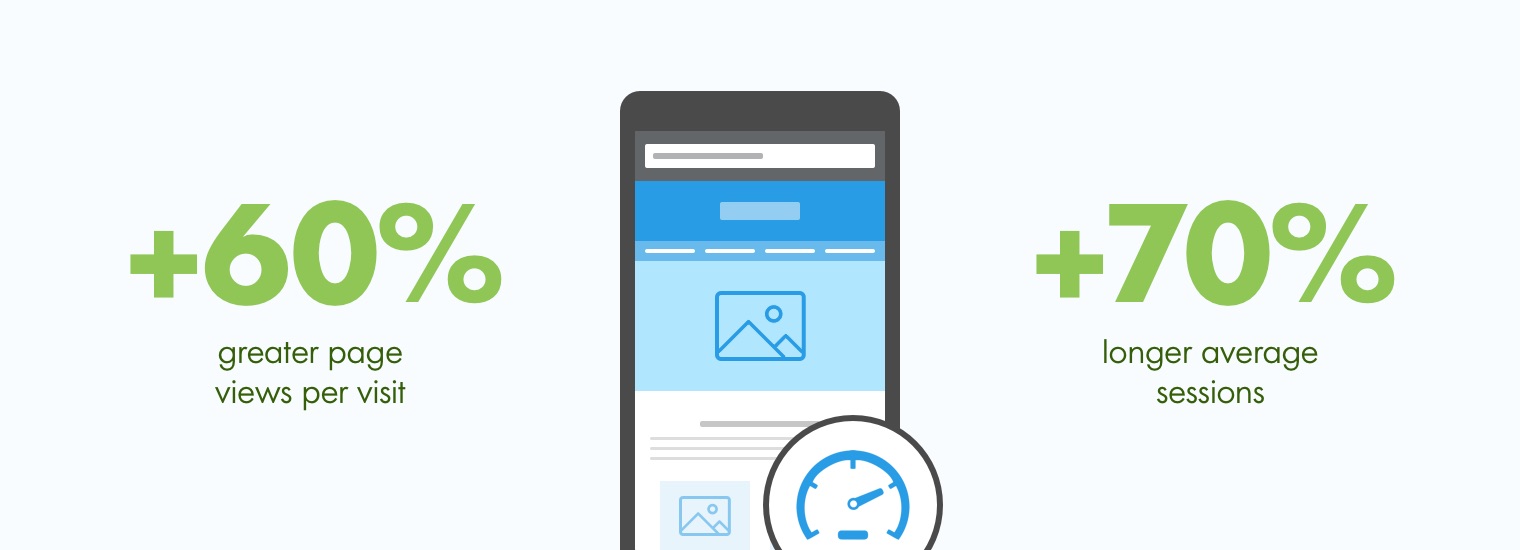Accelerating Your SEO With Site Speed Optimization Strategies

At the heart of effective search engine optimization (SEO), strategy lies site speed optimization. With the right set of strategies in place, you can significantly accelerate your SEO efforts and gain a competitive edge. Site speed optimization is crucial to ensure website visitors have a seamless experience and find the information they’re looking for quickly. This article will discuss key strategies for optimizing page load times and maximizing SEO performance.
Leveraging Caching and Compression Techniques
The success of any website relies heavily on its ability to attract users and keep them engaged. As such, one must pay close attention to the speed at which a website loads and how quickly it can respond to user interactions. In order for businesses to maximize their SEO efforts, they must employ effective strategies for optimizing their site’s performance, including leveraging caching and compression techniques. GEt in touch now with SEO service Minneapolis to make the site load faster. Caching is a process used to store frequently accessed data and objects in memory or on disk so that future requests for that data are served from the cache instead of being retrieved from the original source.
Caching is storing commonly accessed information from web pages in temporary memory, allowing faster loading times when visitors request the same pages again. By taking advantage of caching methods, websites can reduce load times without sacrificing quality or functionality. Compression also helps with site performance by reducing the size of files that need to be loaded onto a page before they can display correctly in a visitor’s browser. This allows browsers to render pages quicker while still having access to all necessary content.
Optimizing Your Assets
When it comes to SEO, site speed optimization can be an incredibly effective tool. Optimizing your assets is key to improving the loading time of your website or blog, and ultimately making it easier for search engines to crawl and index your web pages. This article will show you how to use site speed optimization strategies in order to accelerate your SEO and make sure that your website is performing at its best.
You will learn about the various techniques used for optimizing assets on a website, from minifying HTML and CSS files to compressing images and caching static content. With these methods, you can reduce the size of files which slows down page load times, improve user experience, boost SERP rankings, increase conversion rates and more. Additionally, this article will provide tips on how you can keep track of improvements made through asset optimization in order to ensure that you are continuously improving page performance over time.
Implementing Image Optimization Strategies
Image optimization is an important part of any SEO strategy and one that should not be taken lightly. If you want to achieve higher rankings in search engine results pages (SERPs), then implementing image optimization strategies is a must. Here are some tips for optimizing images on your website:
First, use image compression to reduce the file size without significantly impacting visual quality. This can be done manually or with an online tool such as TinyPNG or CompressJPEG. Second, use the correct file type for each image; JPEGs are best for photographs, GIFs for graphics with fewer than 256 colors, and PNGs for screenshots and illustrations with transparent backgrounds.
Utilizing Content Delivery Networks
Content delivery networks (CDNs) are quickly becoming popular tools for website optimization. CDNs are a great way to accelerate page loading times, as they store cached versions of your web pages on servers all around the world. This helps to shorten the amount of time it takes for content to be delivered to users in different geographical locations, improving the performance and speed of your website overall.
By utilizing a CDN, users have access to websites from anywhere in the world at lightning-fast speeds. This can directly affect SEO because faster sites tend to rank higher than slower sites on Google’s search engine rankings. Additionally, you can improve user experience by reducing latency, which will also help with SEO ranking factors over time.
Analyzing Site Performance with Tools
It’s no secret that website performance is a key factor in search engine optimization (SEO). A website’s speed, or lack thereof, can have a major impact on its ranking in search engine results pages. Fortunately, numerous tools are available to help you analyze and optimize your site for maximum performance. These tools can help you test your site s speed, measure its performance over time and even compare it to other sites.
Conclusion
The conclusion of our article is that site speed optimization is essential for SEO success. Mastering the strategies and techniques discussed in this article will help you maximize SEO performance and ensure your website is up-to-date with the latest search engine algorithms.
Using a combination of page speed analysis, content optimization, server settings adjustments, CDN implementation, image optimization and caching are all viable options to increase website speeds. These methods should be used in conjunction with analytics monitoring to measure the impact site speed has on user experience and SEO performance. Additionally, stay up-to-date on the latest trends in search engine algorithms to ensure you’re taking advantage of any changes that could affect your website’s visibility or ranking. All of these tools can help you achieve better web performance for both human visitors and search engine crawlers alike.



